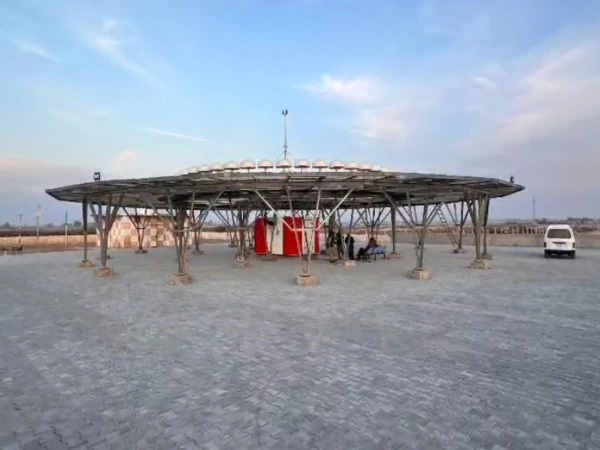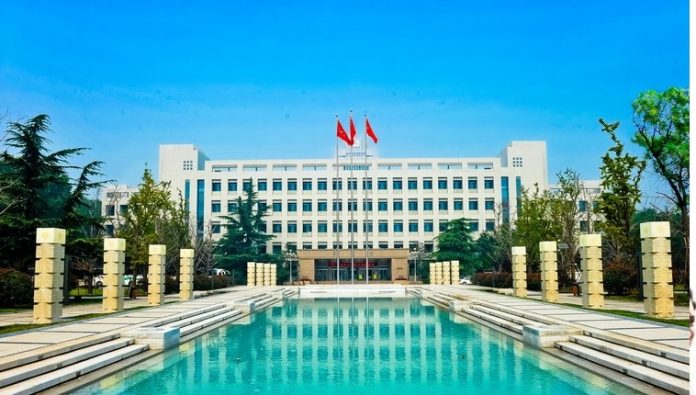
Since the Pandemic is coming to an end and we can see the guests are coming back to the hotels, travelers have started following their travel passion. Hotel revenue occupancies are increasing. I thought to refresh the Sales tips out of my 16 Years of Hospitality experience. Being completely aware of your competitive environment will give you an advantage.
As we put the economic downturn behind us, we must be strategic in how we think about sales plans for our hotels. The plan should not just be about getting heads in beds at all costs. The following six steps are proven and can help you lay out a successful hotel revenue-level sales plan.
- Revenue goals—One thing hoteliers forget is to have specific revenue goals for their property that consider not just a number that they would like to achieve, but a number that is made up of components including occupancy throughout the year, and average daily rate that considers not only your base rates, but also your negotiated rates for both weekday and weekend business. If your market is growing in demand, will you be able to utilize additional revenue maximization strategies? Will rate be increasing across your competitive set?
- Competitive analysis—Know your competition inside and out. What is the condition of their product? Who are their top accounts? What rates are they charging, and what is their volume? What are their strengths and weaknesses? How is their staffing and service? Know the answers to these questions and you will be in a good position.
- Current accounts—Be sure that you know who is staying with you and at what rate. Have it catalogued? Know who the decision makers for your clients are and have a plan to make sure that you are on top of every account and every decision maker within that account. This is good old-fashioned account saturation. You should also know what your property’s strengths, weaknesses, opportunities and threats are. It is amazing how one small open issue with an account can leave an opening for one of your competitors.
- Top target accounts—Which accounts do you want to steal from your competitive set? How are you going to do that? Use the development of your sales plan to know who your top target accounts are. Know where they are staying, what they are paying and how you intend to get that particular account. Just like you should have a pre-call objective when you make a sales call, you should have top target accounts when you make a sales plan. Know that there are accounts that may not make sense to have at your hotel revenue – don’t waste valuable sales time on these.
- Plan for each target segment—Plan for each target segment. If one of your goals is to increase leisure business, you should have several tactics that will help you do that. If your goal is to increase revenue per available room for a particular segment, then you will need to be sure that your pricing strategy and the training of the front-desk staff and your revenue manager are on the same page. You have to have a united front here or goals can slip away.
- Measurable goals—Have measurable goals for each strategy and each tactic in your plan. The best operators know that it is not just your annual occupancy, average daily rate and revenue per available room, but how you get there. Know what performance you need to hit by day of week and season of the year, and don’t forget that RevPAR is the combination of rate and occupancy. You need to know how you plan on adjusting that mix while keeping on mind your hotel’s condition, staffing levels and a realistic assessment of what the price value of your property is.
Follow these six proven components to a strategic sales plan, track your progress often and remember to make your plan a living plan by reviewing it frequently and adjusting it according to current market and competitive conditions.










